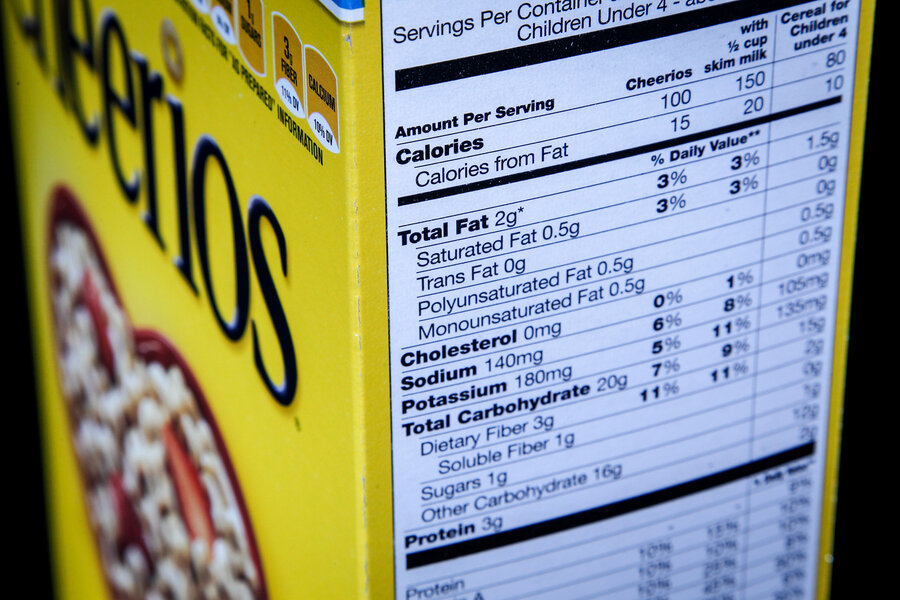Why General Mills just released its first new cereal in 15 years
General Mills has big expectations for Tiny Toast.
Tiny Toast is General Mills’ first new cereal brand since 2001, when the company released the now discontinued Harmony cereal. But it has been 25 years since General Mills’ introduced a cereal brand that remains on shelves today – Basic 4 was released in 1991.
“We heard from several consumers that the Blueberry Tiny Toast tastes like a blueberry muffin, which is just awesome praise,” Mike Evenson, product developer in General Mills’ Innovation, Technology and Quality division, says in a press release. “That’s exactly what we were going for. When we heard that, we knew we were on to something good.”
Euromonitor International reports a 10.7 percent decline for all types of cereal sales between 2003 and 2013. And according to market researcher Nielson, all cereal sales fell by 9 percent between 2011 and 2015 with a slight uptick this year.
“Some of my business has definitely gone to my colleague running yogurt,” Jim Murphy, president of General Mills’ cereals unit, tells The New York Times. To revive declining cereal sales, General Mills began marketing Cheerios and Chex as Gluten Free. “We had tried everything to move the needle: new advertising, new flavors – and then we marketed it as gluten-free, and it took off.”
And General Mills has seen some financial success from revamping old recipes like that of Cinnamon Toast Crunch as well as expanding the Nature Valley and Annie’s franchises. With real fruit and no high-fructose corn syrup, artificial flavors or colors, General Mills created Tiny Toast with young, health-conscious consumers in mind.
But both flavors of Tiny Toast contains 9 grams of sugar – the same amount as General Mills’ other cereals Reese’s Puffs, Cinnamon Toast Crunch, Golden Grahams, Cookie Crisp, Frosted Cheerios, and Honey Nut Cheerios. Lucky Charms and Trix contain 10 grams of sugar and Raisin Nut Bran contains 14 grams.
Comparatively original Cheerios, one of the brand’s healthier options, contains 1 gram of sugar.
“You realize that it’s just a sugar delivery vehicle,” Adam Feuerstein, who prefers juice to cereal for breakfast, told The New York Times in 2013. “We’ve all gotten a little smarter about the foods we eat, and while there are plenty of healthy cereals out there, I just don’t choose to eat much cereal.”
And its not just a matter of health for Millennial consumers – it’s also convenience.
“Led by millennials, time-pressed consumers continue to turn away from sit-down breakfast options in favour of more portable snacks they can eat while on the go,” explains Euromonitor International in a 2015 report. “Sometimes called the ‘snackification’ of US food, several smaller but rapidly-growing categories are emerging to challenge breakfast cereals for share of the breakfast meal occasion.”
Americans are increasingly turning to breakfast bars, yogurt, or new fast food alternatives from McDonalds or Taco Bell. In fact, breakfast menu innovations offer an opportunity to fast-food chains struggling to find their footing amid new consumer trends, reports The Christian Science Monitor’s Lucy Schouten.
“The dream of all these companies is to capture the all-powerful and elusive millennial eater, who just isn’t all that into cereal for breakfast,” writes the New York Times’ Kim Severson in February. “It’s just too much work, for one thing. Almost 40 percent of the millenials surveyed by Mintel for its 2015 report said cereal was an inconvenient breakfast choice because they had to clean up after eating it.”
With Millennials in mind, General Mills has launched a social media presence for Tiny Toast with Tumblr, Facebook, Snapchat, Instagram, and YouTube accounts.
“Millennials aren’t the only ones who prioritize convenience above all else at mealtime,” filmmaker Joe Cross, who recently created the documentary “The Kids Menu,” tells the Monitor’s Lisa Suhay. “Everyone is short on time these days and convenience IS a big deal – but convenience food does not have to mean unhealthy food. The trick is making healthy choices more convenient.”






